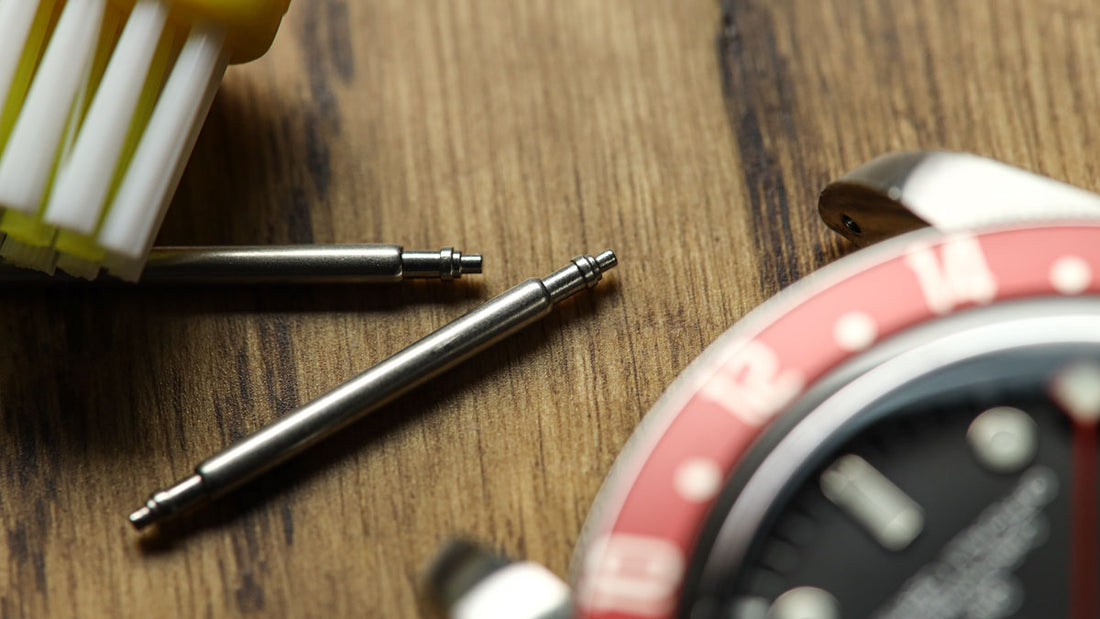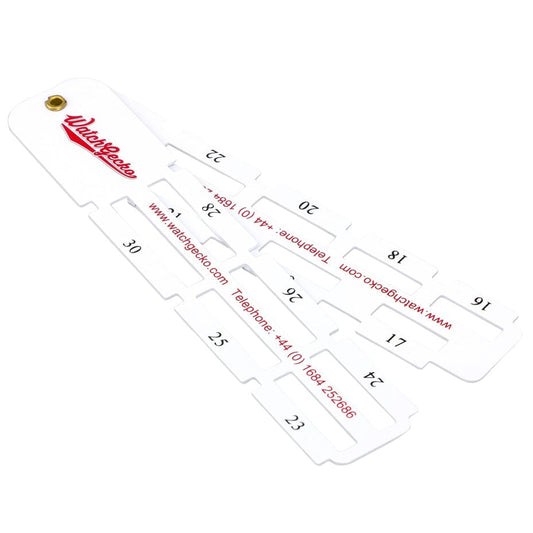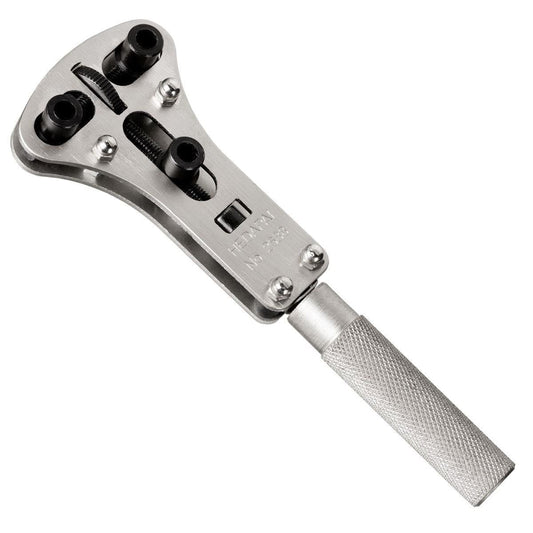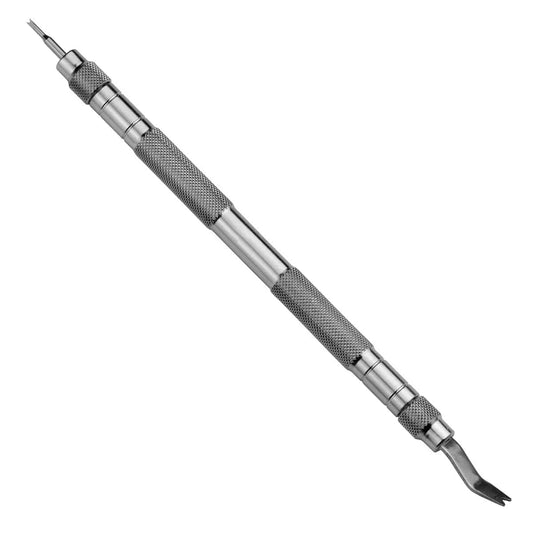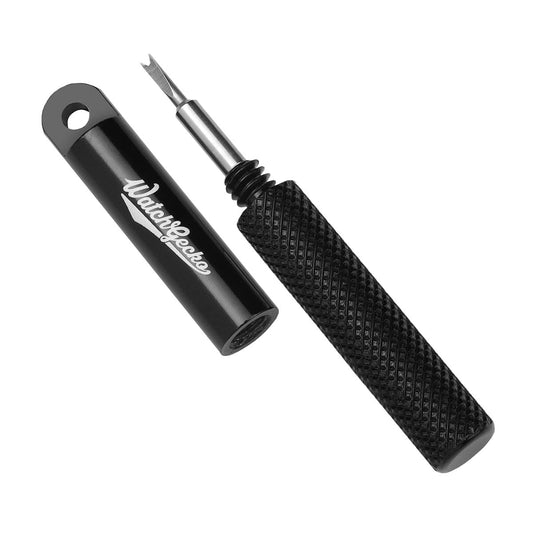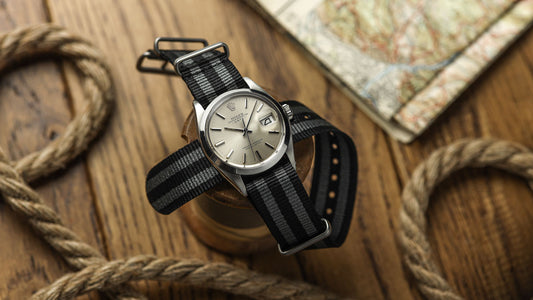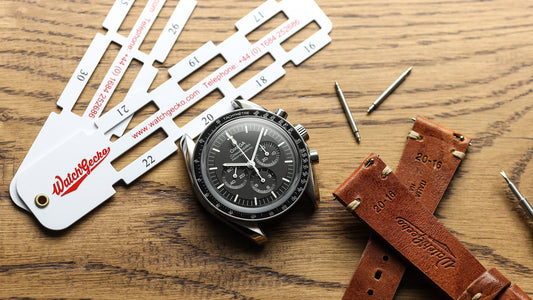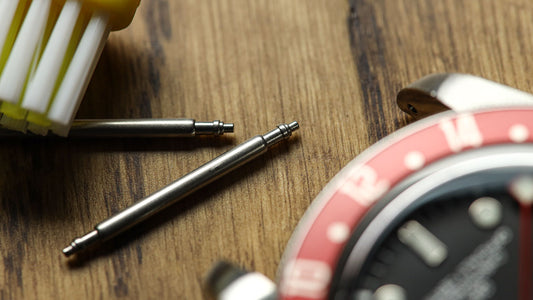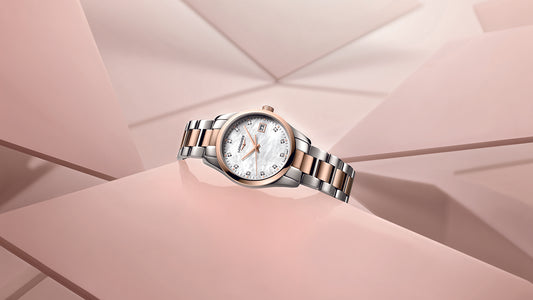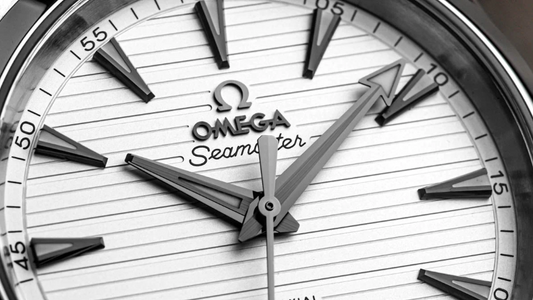Even if you take great care of your watch, maintaining its precision and elegance sometimes requires extra care, often in the form of professional servicing.
But many watch owners wonder just how often to get this kind of maintenance. Is adhering to the brand's recommended intervals mandatory, or is there room for discretion?
I’ll walk you through all of that and much more in the sections below.
The Importance of Regular Watch Servicing
 Watch Maintenance Tools and Accessories from WatchGecko Store
Watch Maintenance Tools and Accessories from WatchGecko Store
Manufacturers often recommend service intervals ranging from 3 to 5 years. Before we get into whether or not to adhere to these timelines, it’s worth asking what makes these intervals so important.
There are a few reasons why watch servicing is a critical investment in the longevity and performance of your timepiece, including:
- Preserving Mechanism Integrity: At the heart of every watch is a complex assembly of tiny parts working in unison. Regular servicing ensures that each component is functioning as intended, free from the wear and tear that can accumulate over time.
- Maintaining Value: For some enthusiasts and collectors, a watch is more than just a tool for telling time—it's an heirloom or investment. Adhering to recommended service intervals helps maintain or even increase your watch's value, ensuring it remains a prized possession for years to come.
- Ensuring Accuracy: The precision of a watch can be affected by various factors, including dust accumulation, lubricant degradation, and mechanical wear. Regular servicing realigns and recalibrates the mechanism, ensuring your watch keeps time accurately.
The Debate on Servicing Intervals: A Closer Look
 Watch Maintenance Tools and Accessories from WatchGecko Store
Watch Maintenance Tools and Accessories from WatchGecko Store
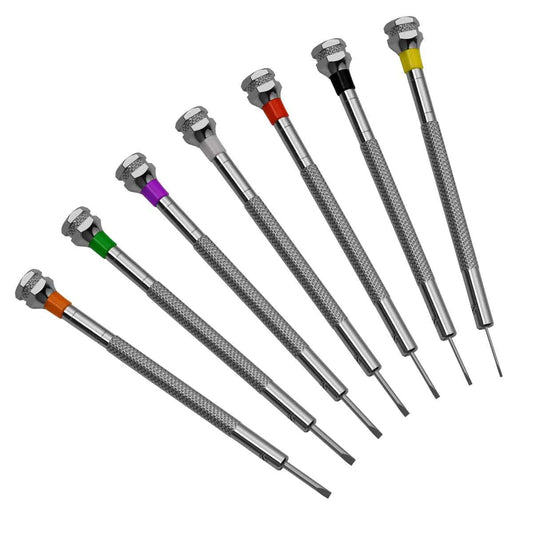
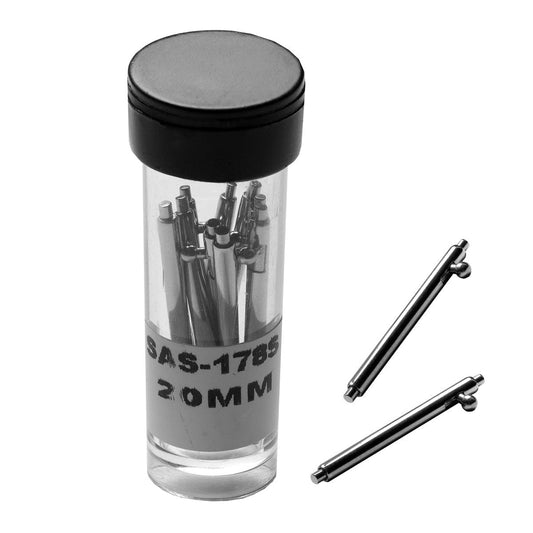
So let’s return to that servicing interval of every 3 to 5 years that most watch brands recommend. Is this accurate? Is it absolutely necessary, or more of a helpful guideline?
Like many things in life, the answer is: it depends.
It’s essentially a baseline recommendation, derived from average conditions and wear. But we all know that watches and their usage vary drastically. Everything from the type of movement, the age of the watch, environmental conditions, and how often the watch is worn can all influence the optimal servicing timeline for any given timepiece.
For example:
- A vintage mechanical watch may require more frequent attention compared to a modern quartz watch due to the age and wear of its components.
- Similarly, a watch exposed to harsh environments, like saltwater or extreme temperatures, might need servicing sooner than one gently worn in an office setting.
It’s also worth mentioning that most collectors own multiple watches. Rotating watches means that each piece is worn less frequently, reducing the wear and tear on the movement and potentially extending the time between services. This is another case where, adhering rigidly to a 3-to-5-year servicing interval may not be necessary or cost-effective.
 Watch Maintenance Tools and Accessories from WatchGecko Store
Watch Maintenance Tools and Accessories from WatchGecko Store
- Regular price
- $145.00 AUD
- Regular price
-
- Sale price
- $145.00 AUD
- Unit price
- per
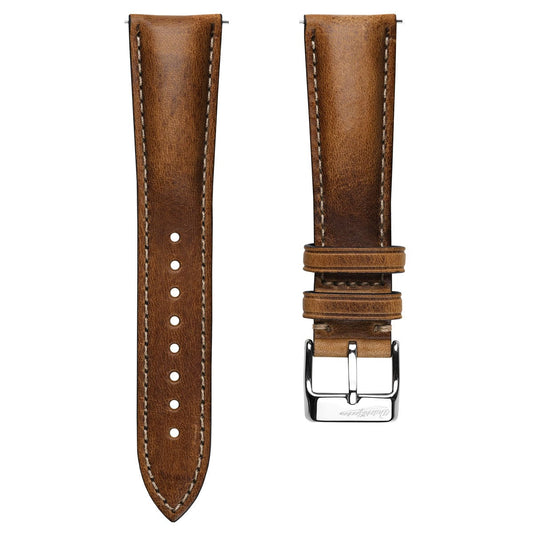
- Regular price
- $145.00 AUD
- Regular price
-
- Sale price
- $145.00 AUD
- Unit price
- per
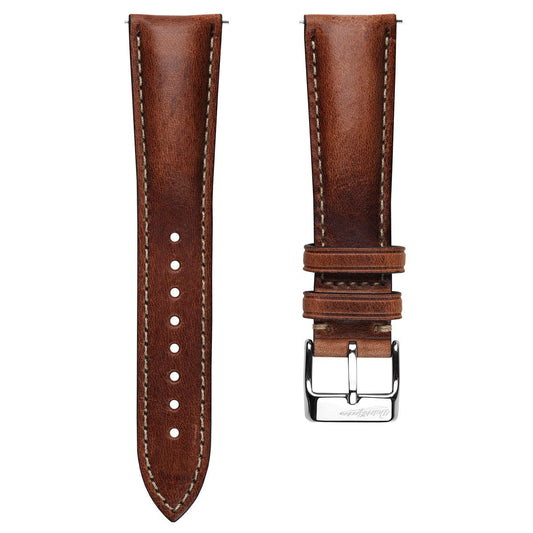
- Regular price
- $145.00 AUD
- Regular price
-
- Sale price
- $145.00 AUD
- Unit price
- per
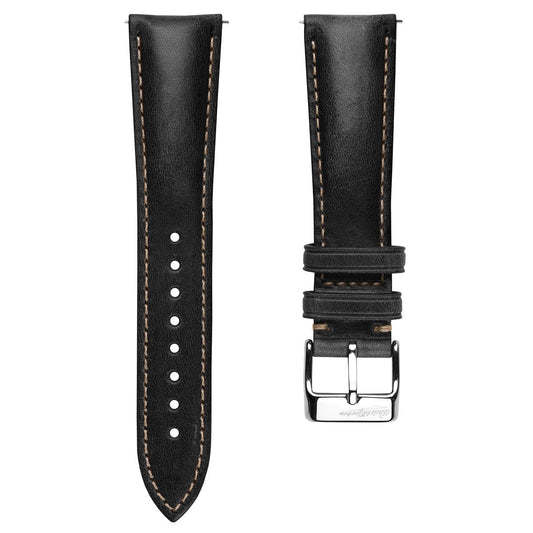
By the same token, a daily-worn watch, especially one subjected to active or demanding conditions, might need to be serviced more frequently to maintain accuracy and reliability.
So that 3 to 5 year timeline can be a helpful guideline to keep in mind. And it’s probably a good rule of thumb if you have one watch that you’re wearing every single day.
But since each watch is unique, it also makes sense to monitor each watch's performance and condition on more of a case-by-case basis. Many watch owners choose to “listen” to their watch, and hold off on servicing until they notice a problem that requires maintenance. I’ll give you some of these problems or signs to watch our for in the next section.
Signs Your Watch Needs Service
 Removing and Replacing a Screw-Down Caseback on a Watch Article
Removing and Replacing a Screw-Down Caseback on a Watch Article
Certain signs can indicate that your watch needs immediate. Learning to listen to your watch and becoming attuned to these signs can save you from more significant issues down the line.
Here are the top signs to watch out for:
- Inaccuracy in Timekeeping: One of the first signs your watch needs servicing is a noticeable drift in time accuracy. If your watch starts losing or gaining more seconds per day than its specified tolerance, it's time for a check-up.
- Difficulty in Winding or Setting the Time: If you encounter resistance or irregularity while winding your watch or setting the time, this could indicate a problem within the movement that requires prompt attention.
- Unusual Sounds: In this case, you need to literally listen. A healthy watch movement operates with a smooth, almost imperceptible sound. Any grinding, ticking louder than usual, or irregular noises can suggest something is amiss internally.
- Moisture or Condensation Under the Crystal: Moisture inside your watch can be a critical issue. It can lead to rust and corrosion of the movement, so you should get immediate servicing to prevent further damage.
- The Second Hand Jumps or Stops: For quartz watches, a second hand that jumps several seconds at a time or stops altogether often indicates a battery at the end of its life. It could also signify the need for a movement service.
If your watch has any of these signs, it’s best to act promptly. It’ll help you prevent more costly repairs in the future.
Where Should You Service Your Watch?
 Removing and Replacing a Screw-Down Caseback on a Watch Article
Removing and Replacing a Screw-Down Caseback on a Watch Article
If your watch needs service, you have another decision to make: choosing between a brand's service center or a local, reputable watch repair shop/jewler.
Choosing an authorized dealer or going directly through your brand's service center guarantees that genuine parts are used, and the work adheres to the brand's standards. If you have a high-value or complex watch, this is the best choice. It ensures your warranty remains valid and can enhance the resale value by providing an official service history.
That said, this can often be the more expensive option, with potentially longer wait times due to the watch being sent away for service.
If you’re on a budget or have a watch out of warranty, a skilled local watch repair shop can offer a more personalized and often less expensive service. Just make sure to check business reviews and make sure the business has experience with your type of watch.
Understanding the Servicing Process
 Omega Speedmaster Movement - Credit WatchGecko
Omega Speedmaster Movement - Credit WatchGecko
Understanding what goes into watch servicing can bring you some peace of mind and justify the investment. So what actually happens? The exact process will vary a bit between brands, but here’s a general idea.
The process begins with an initial assessment to identify any wear or issues. The watch is then disassembled, allowing every component of the movement to be evaluated and cleaned with specialized solutions. This is crucial for its smooth operation and longevity.
At this point, worn or damaged parts are replaced with genuine ones, ensuring the movement’s integrity. The process includes lubrication to minimize friction, precise reassembly, calibration for accuracy, and refurbishing of the case and bracelet to bring back their original shine. For water-resistant models, the case will also undergo testing to confirm its integrity against moisture and dust.
This comprehensive process can sometimes span weeks. It culminates in a final quality control to ensure the watch meets the manufacturer's standards.
Obviously, if you’re just taking your watch to a local repair shop to fix a smaller, more specific issue, the process can be faster and much less detailed (and less expensive).
Watch Servicing Cost: What to Expect
 Farer Stanhope II Movement - Credit WatchGecko
Farer Stanhope II Movement - Credit WatchGecko
As a general guideline, service costs can range from a few hundred to several thousand dollars. Why such a wide range? Again, it comes down to the variables, which include the brand, the watch's complexity, and the type of service required.
Since costs can vary, it’s best to get a quote or estimate before proceeding with the service to avoid surprises.
Here are a few things that may help you gauge the cost of getting your watch serviced:
- Brand and Model: Luxury and high-complication watches often command higher service fees due to intricate movements and specialized expertise. For example, servicing a simple mechanical watch may cost less than servicing a complex chronograph or a watch with perpetual calendar functions.
- Type of Service: A basic service, focusing on cleaning and lubrication, will be less expensive than a full overhaul that includes replacing worn parts, refinishing the case, and extensive testing.
- Service Provider: Authorized dealers and brand service centers typically charge more, reflecting the use of genuine parts and brand-specific procedures. However, this can be a worthwhile investment for maintaining the value and warranty of luxury watches.
- Additional Repairs: If the watch requires more than standard servicing—such as crystal replacement, dial restoration, or repairing water damage—the costs may increase accordingly.
Final Thoughts
Servicing can be costly and feel like a hassle. But it’s necessary to extend the life and value of your watch.
From recognizing the signs that your watch needs immediate attention to choosing the right service option and understanding the intricacies of the servicing process, you now know how to keep your watch operating with precision and elegance.
To recap:
- Adhering to recommended service intervals is a rule of thumb, and can vary based on brand and use. But these intervals are still a helpful guideline to preserve your watch's functionality and value.
- Being vigilant about signs of wear or malfunction can help you identify issues early and prevent further damage.
- Making informed decisions about where to service your watch, be it at a brand service center or a trusted local watchmaker, will impact both the quality and cost of servicing.
As you continue to cherish and enjoy your timepiece, remember that its longevity and performance are in your hands!
